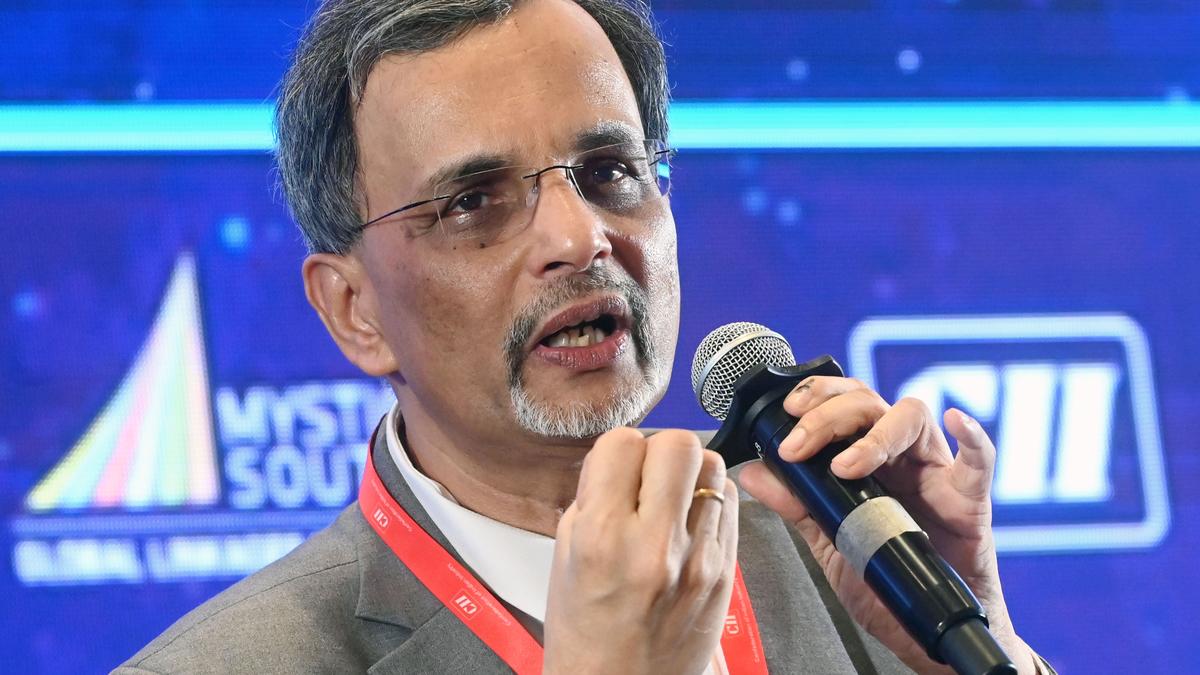
Digitisation does not mean deregulation: CEA Nageswaran
The Hindu
Chief Economic Advisor Nageswaran addresses the importance of deregulation and energy transition for India's economic growth.
There is a "misperception" among the administration around deregulation, wherein digitisation is confused with deregulation, Chief Economic Advisor V. Anantha Nageswaran said on Tuesday, February 11, 2025.
Speaking at an event organised by alternative investment industry's lobby grouping IVCA here, Mr. Nageswaran stressed that what is essential is to do away with needless regulations, whether they are to be complied with online or offline.
"There is a misperception that the moment a government department across the country ...they put something on the digital platform, they think it is deregulation. But that is not deregulation, you just made it online rather than offline," Mr. Nageswaran said.
"Digitisation per se is not deregulation," the CEA, whose Economic Survey presented recently focused on the need to deregulate to help expand GDP growth, added.
Any country which has attained developed status has to look at small businesses and unclogging challenges like regulations which can help ensure that such enterprises do not waste bandwidth on compliance.
India has to depend on the domestic economy to drive much of the growth going forward, the academic-turned-policymaker said, explaining that globalisation is not expected to deliver gains the same way it did in the past.
“The de-globalisation is part of a cyclical trend seen over a century,” he said, adding that as people realise the limitations of the current model a decade from now, a new trend may emerge.













